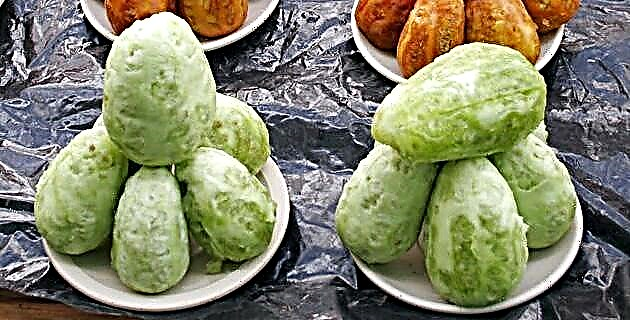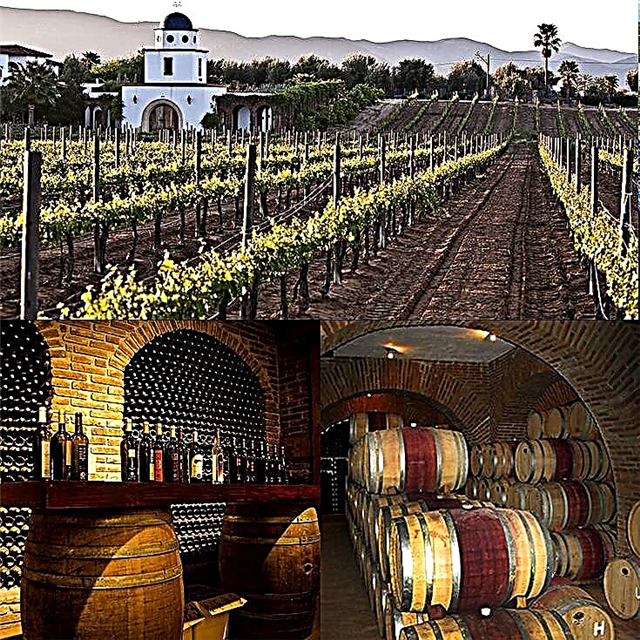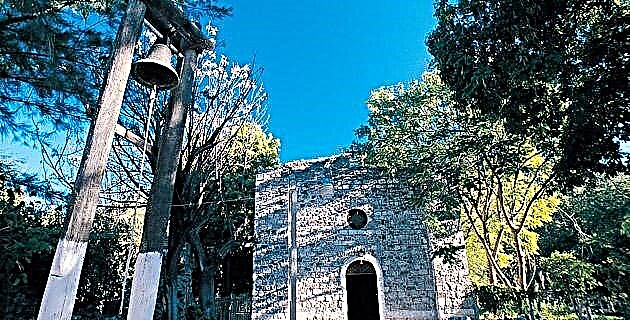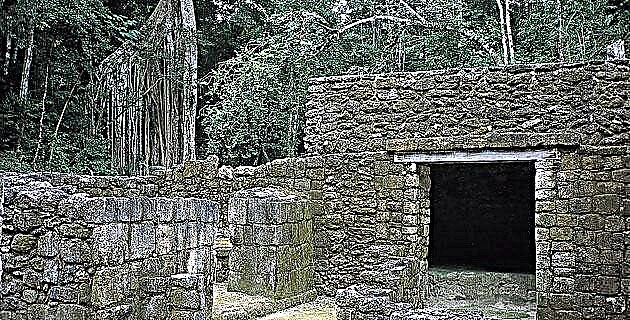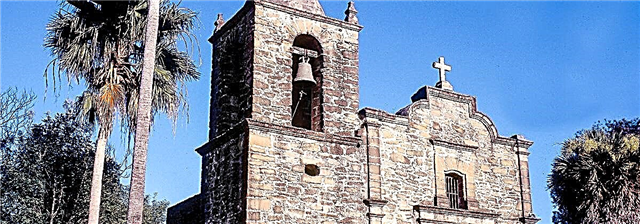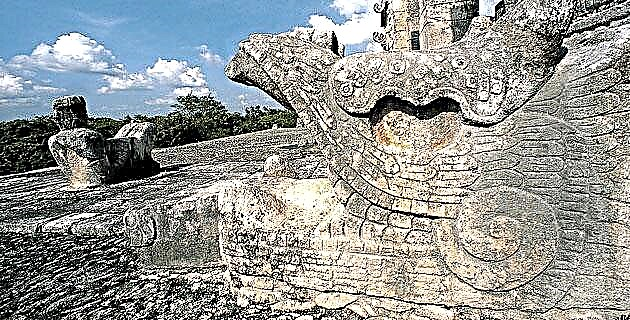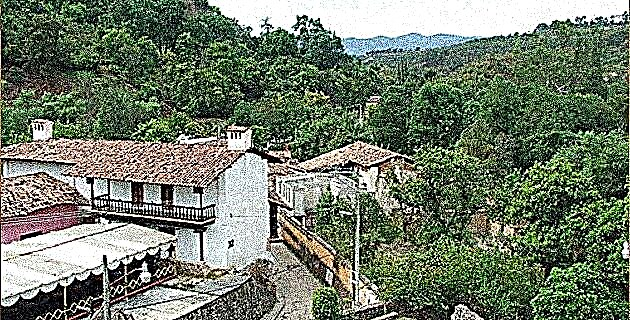
In the Sierra de Temascaltepec, which is an extension of the Nevado de Toluca (Xinantécatl volcano) and the step to reach the hot land of Guerrero, there is an ancient mineral, called Real de Arriba, which sleeps in a gorge of exuberant vegetation.
The mountainous areas that surround the place are steep but beautiful, with their high mountains, deep ravines and beautiful ravines. The entrails of these mountains contain gold and silver. The El Vado river that crosses the small community is born in the foothills of the Nevado de Toluca, originated by the melting of the volcano; It is a river of constant flow that later forms a single current with the Temascaltepec river and flows into the Balsas.
In Real de Arriba four springs are born from which fresh water gushes every day of the year. The vegetation in this area is very varied, with plants from both cold land and tropical regions, and its land is extremely fertile. Before reaching the town you can see large dunes of red clay, which are quite a spectacle.
In pre-Hispanic times, the ravine where Real de Arriba is today was known as Cacalostoc, which means “cave of crows”. The region was occupied by the Matlatzincas, who worshiped Quequezque, the god of fire. The Matlatzincas were victims of the fierce Aztecs; Thousands of them died in Cacalostoc and the survivors were made slaves or were imprisoned to later be sacrificed in honor of the bloody god of war, Huitzilopochtli.
How many hundreds or thousands of matlatzincas were killed in all these struggles that lasted more than thirty years! How many will have been left as slaves and prisoners and how many more will have fled before the horror of the war, to hide in the southern mountains! Those who were left alive had to pay tribute to Moctezuma.
Mining splendor
In Cacalostoc the gold was found on the ground in the crevices of the mountain; the Matlatzincas first and the Aztecs later made shallow excavations to extract metal and precious stones. At that time the El Vado river was a pleasure, that is to say, a sandy area where the water currents regularly deposited gold particles, which were then separated by a simple washing. The river was a real gold wash. It was precisely an Indian from Texcalitlán, named Adriano, who in 1555 brought five Spaniards to learn about the abundance of gold in the region.
In the second half of the 16th century (between 1570 and 1590), by then Real de Arriba was established as one of the most important mining districts of the Colony. At that time there were more than thirty mines in full operation, belonging to Spanish families; More than 50 Spaniards, 250 slaves, 100 Indians in encomienda and 150 miners worked there. In its operation, this mineral required 386 mills to benefit the extracted metal, mainly gold and silver, as well as other less important metals. Thanks to the rise of Real de Arriba, other catechized towns were founded, such as Valle de Bravo and Temascaltepec.
During the 17th century, Real de Arriba continued to be one of the most favored mining districts in New Spain; At that time inns, metal mills and cavalries were established that provided the necessary sustenance for the mines to continue operating.
The mining splendor continued throughout the 18th century, and then the temple of Real de Arriba was built, which has a baroque doorway in two sections and a semicircular arch access door, whose thread is finally ornamented. On each side of the entrance door there are two stipe pillars, characteristic of the Churrigueresque style. The temple has one nave, and inside there is a baroque altarpiece in carved and gilded wood, in which a crucifix and the Virgen de los Dolores stand out. This beautiful baroque temple, which looked splendid in the times of the mining boom, today stands alone, like an old prophet sitting at the bend of the road who remembers past glories and who faithfully accompanies his people in solitude.
The decline of gold
During the independence movement came the first decline of the mineral, and during the rest of the 19th century many locals had to leave the town due to lack of work. However, at the time of General Santa Anna, and later during the Porfiriato, the government granted various concessions to British and American companies for the exploitation of the mines, which injected new life to Real de Arriba; the mines that produced gold and silver were those of Magdalena, Gachupinas, Quebradillas, El Socorro, La Guitarra and Albarrada.
In 1900, gold production from the El Rincón, Mina Vieja, San Antonio and Santa Ana mines increased due to the arrival of English capital, which brought new technology for the extraction of the metal. In 1912 the region was strongly agitated by the Zapatistas, and the Real was the scene of bloody battles, but at the end of the revolution the workers from the mines returned to the mines.
Around 1940, various circumstances caused mining exploitation to decline completely. The mines of Real de Arriba were closed, and the settlers who did not own land had to leave the place. The abundance of water and the richness of the land allowed the community to become completely agricultural and to develop trade with Temascaltepec and Toluca.
Real from above today
Currently in this charming town there is a beautiful square with its kiosk and with the facades of its old houses painted in various shades, which gives it a colorful color. Its alleys with its old but well cared-for houses, take us back to the past, in an atmosphere of peace and tranquility. There is still an old mill where you can see the machinery brought by the English at the beginning of the century. Many of its walls still remain from the La Providencia beneficiation farm, also known as El Polvorín, peeking out from among the thick vegetation.
A few minutes from the town are the ruins of what was the most important mine in El Real: El Rincón. Here, still at the beginning of the century, there was a huge mining infrastructure with dozens of buildings, a funicular with its towers, the miners' houses, and so on. Today there are only a few walls and stones that tell us about this old bonanza.
At the beginning of the 20th century it was said of her: "The machinery used in this mine is absolutely modern, and the powerful company that owns it has not omitted any expense to install it ... The various sheet metal departments are conveniently lit by light. incandescent… The rich silver and gold veins of El Rincón soon made the negotiation prestigious. It also has the great advantage that few mines have, of having its beneficiary farm, splendidly endowed with everything necessary ... Mr. Bullock, an English traveling miner, brought the first steam machinery on mule back, to help in various very heavy work in the Real de Arriba mines, presumably one of them, the well-known El Rincón mine ”.
Despite all this technological boom, other testimonies of the time tell us about the situation of the miners: "The road sweepers, loaders, ademadores and others are not helped to build their towns, or to have comfort in their homes ... Silicosis caused easy prey among the miserable and starving miners ... The miners in the morning descended on the winch at deadly speeds to bury themselves in shafts and sheet metal tunnels. The work of the miner was so painful that his desire was none other than to take the ascent winch to be with his family ”.
In the cemetery an original chapel from the 18th century and some tambas from the middle of the last century are still preserved. On the outskirts of the town there is a neoclassical building from the 18th century with neo-Gothic elements, the temple of San Mateo Almoloya. Upon entering Real de Arriba, you pass over the La Hoz bridge, where a plaque inscribed: "1934-1935 Lane rincón Mines Inc." reminds us that since that distant 1555, when the Indian from Texcaltitlán brought five Spaniards and The fierce exploitation of this land began on the blood of the Matlatzincas sacrificed to the god Huitzilopochtli, it took 400 years for the usurpers to exhaust the entrails of this noble and generous land.
IF YOU GO TO REAL UP
From Toluca, take federal highway no. 134 to Temascaltepec (90 km), and from this town there is a dirt road of approximately 10 km that leads to Real de Arriba. If you decide to spend a few days here, you need to stay in Temascaltepec, because in Real de Arriba there is no hotel infrastructure or restaurants.

